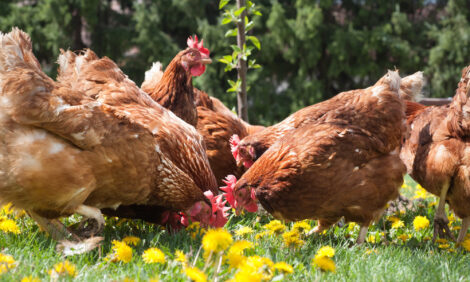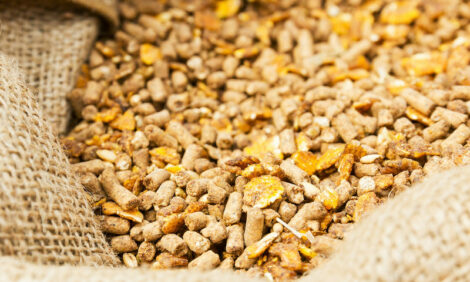



New research shows that heating can replace disinfection chemicals in poultry
Heat can be used to decontaminate poultry houses in lieu of chemicals but may not be as effective during cold weather.Researchers at the University of Delaware tested the efficacy of heat to disinfect poultry houses. The researchers were specifically examining whether heat treatment was comparable to chemical disinfection protocols, and the feasibility of heat treatment as an intervention against poultry diseases like Newcastle disease, avian influenza and salmonella. The study’s objectives were to determine the appropriate temperature, time and humidity necessary to decontaminate poultry houses. The researchers also wanted clarity on how much organic matter (in terms of depth) could be treated with heat alone. The study team also wanted to see if this method was suitable for field conditions.
Results from the study demonstrated that maintaining the required temperature profile in the entire poultry house was a critical element of decontamination. They also found that heat treating during colder months was not as effective, since the soil did not reach a high enough temperature to neutralise the bacteria and viruses.
The researchers were able to show that heat treatment was effective in thin layers of soil and organic matter (about 2.5cm or less). Therefore, it is an effective means of disinfection after litter and carcass removal, since only a thin layer of organic material would remain in the poultry house. However, the researchers noted that if heat treatment occurred before carcass and litter disposal, the litter should be viewed as contaminated waste since the heat treatment may not have been completely effective.
Based on these results, the researchers concluded that heat treatment could reduce the number of microorganisms in poultry litter. However, the method may not be effective in colder weather or if there is a deep layer of substrate. Their conclusion also stated that producers should ensure almost all organic material be removed from the facility prior to heat treatment for it to be effective.
You can read the full research summary here.










